Yucatán has beautiful handcrafts that combine pre-Hispanic and Spanish techniques and traditions, these result in creations with beautiful and colorful designs made of a variety of materials - such as Henequén, palm, and cotton thread and/or fabric - and the world-famous Yucatecan honey.
You can’t leave our state without taking a handmade local product with you. Don’t know what to buy or where? Here we offer a guide to buying the most traditional Yucatecan items.
![]()
![]() Guayaberas
Guayaberas
Although they’re originally Cuban, Guayaberas have become a distinctive symbol of Yucatecan men. Because they’re so comfortable and elegant, they are an integral part of the attire used for weddings and social events. They’re made of cotton, linen, polyester, muslin, or fabric blends; but the highest quality are those made of linen and/or cotton, as well as those that feature embroidery. It’s an extremely versatile garment and can have several pockets on the front, embroidered designs, pleats, be Filipina style, and although white is traditional, you can find it in more modern colors, such as black. You’ll find Guayaberas in handcraft stores and specialized boutiques, like Guayaberas Jack and Keten. Prices range from $800 pesos to $2,500 pesos per garment.
![]() Blouses and Hipiles
Blouses and Hipiles
Beautifully embroidered blouses and hipiles feature colorful flowers, either in cross-stitch (Xocbichuy) or Xmanikté, a stitch which is endemic to our region. The cross-stitch - or petit point - is normally done by hand, the artisan makes small cross-like stitches to form the pattern. Xmanikté consists of pulling out threads to form designs on the fabric. The hipil is the traditional dress of Yucatán: it’s cool, colorful, and comfy; generally it’s white with bright embroidery, although you can also find more modern designs, as well as blouses and dresses in a variety of styles and hues.
The quality varies according to the design, fabric, and embroidery. Connoisseurs prefer 100% linen or cotton and hand-stitched embroidery. You can check for this yourself by looking at the inside of the garment; if the stitching has knots, it has been done by hand; there are machines that imitate embroidery and cross-stitch. You can find these pieces in handcraft stores and boutiques like Keten and Kukul Boutik. The price ranges from $500 pesos to $3,500 pesos, depending on the blouse or hipil.
Hammocks
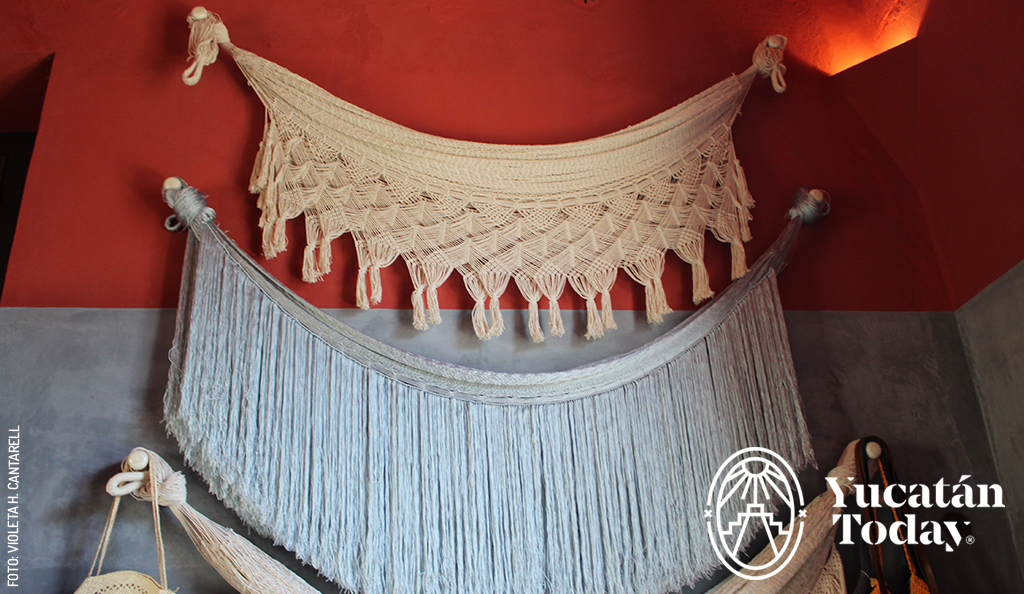 The hammock is a net that is hung between two walls or columns and is used for sleeping. Though it is not native to the state, it has been made and used for more than four centuries in Yucatán. Making a hammock is an artform: it takes more than three weeks to weave a single one, making it unique. Hammocks come in different sizes: single, full, and king size - just like beds! They vary a lot in quality, there are some made of nylon thread that are sold on the street, but they wear out very quickly. The most resistant ones are made of 100% cotton thread and they can also include macramé decorations along the edges. You can find them in handcraft markets and also at Úumbah. The price ranges from $800 pesos to $2,500 pesos.
The hammock is a net that is hung between two walls or columns and is used for sleeping. Though it is not native to the state, it has been made and used for more than four centuries in Yucatán. Making a hammock is an artform: it takes more than three weeks to weave a single one, making it unique. Hammocks come in different sizes: single, full, and king size - just like beds! They vary a lot in quality, there are some made of nylon thread that are sold on the street, but they wear out very quickly. The most resistant ones are made of 100% cotton thread and they can also include macramé decorations along the edges. You can find them in handcraft markets and also at Úumbah. The price ranges from $800 pesos to $2,500 pesos.
Honey
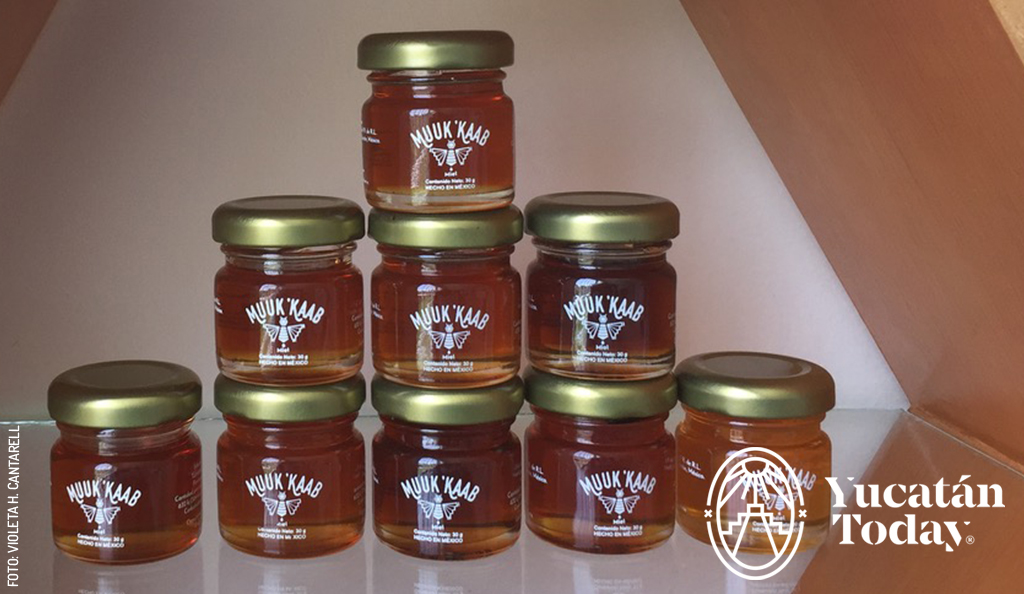 Yucatecan honey is famous worldwide for its taste, consistency, and properties. Maya bees - in their great diversity of species - feed on local wildflowers such as Dzizilché which provide a rich aroma and color. The famed Melipona bee, which has no stinger, produces less honey but since ancient times it is considered to have healing properties. When shopping, look for honey produced in cooperatives or Melipona, its price is higher but it has more benefits and a more complex flavor profile. You can find them in markets or specialized stores like Miel Nativa. The price ranges from $150 pesos up to $400 pesos.
Yucatecan honey is famous worldwide for its taste, consistency, and properties. Maya bees - in their great diversity of species - feed on local wildflowers such as Dzizilché which provide a rich aroma and color. The famed Melipona bee, which has no stinger, produces less honey but since ancient times it is considered to have healing properties. When shopping, look for honey produced in cooperatives or Melipona, its price is higher but it has more benefits and a more complex flavor profile. You can find them in markets or specialized stores like Miel Nativa. The price ranges from $150 pesos up to $400 pesos.
Filigree
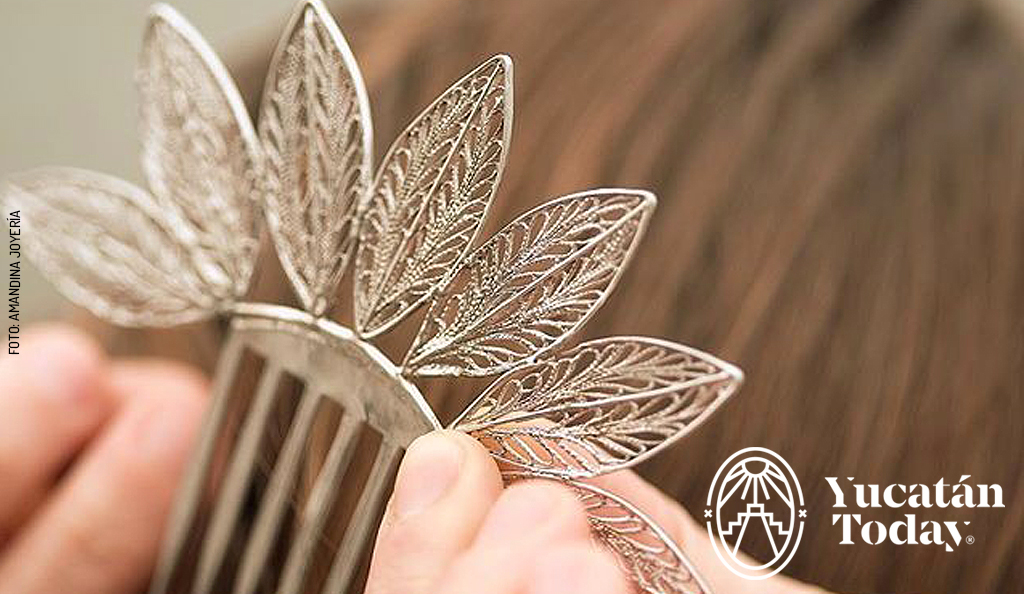 This handmade technique consists of fine gold or silver threads that are folded into unique shapes and forms. It is only achieved with great patience and is distinguished for producing extremely light and delicate pieces. Earrings, necklaces, and bracelets are made using this method; the most traditional item of Yucatecan jewelry is the gold filigree rosary that reaches the waist.
This handmade technique consists of fine gold or silver threads that are folded into unique shapes and forms. It is only achieved with great patience and is distinguished for producing extremely light and delicate pieces. Earrings, necklaces, and bracelets are made using this method; the most traditional item of Yucatecan jewelry is the gold filigree rosary that reaches the waist.
You can find filigree jewelry in the Casa de las Artesanías de Yucatán and also in Amandina. Prices range from $600 pesos to $6,000 pesos, depending on the piece.
![]() Jipijapa Hats and Fans
Jipijapa Hats and Fans
Becal, Campeche is well known for making these products, but you can also find these hats and fans in Yucatán. Also known as the Panama hat, it’s made by weaving leaves from the jipijapa palm. It is the perfect accessory for men and women because it provides freshness, protection from the sun, plus they look stunning. Prices range from $1,000 pesos to $4,000 pesos.
Where to Buy
You will find more Yucatecan handcrafts in stores along Calle 60, Santa Lucía, and Paseo de Montejo. Also, in the markets, mainly in the Bazar García Rejón.
- Amandina Joyería
www.amandinajoyeria.com
FB: Amandina - Casa de las Artesanías Tienda Matriz (Monjas)
63 x 64 y 66 Centro
Tienda Santa Ana
47 x 58 y 60 Centro - Color Amor
FB: Color Amor, hecho en México - Filigrana Yucatán
FB: FiligranaYucatan - Guayaberas Jack
IG: @guayaberasjack - Keten
www.keten.mx
IG: @ketenmx - Kukul Boutik
https://kukulboutik.com/
FB: Kukul Boutik - Mexicanismo
www.guayaberasmexicanisimo.com - Miel Nativa Plaza Carmesí
Calle 62 x 51 y 53, Centro
IG: @miel_nativa_kaban - Úumbah Plaza Carmesí
Calle 62 x 51 y 53, Centro
IG: @uumbah

Author: Violeta H. Cantarell
“Meridana,” traveler, animal lover, passionate reader, commentator, and enthusiastic promoter of the natural and human beauty of Yucatán.
In love with Yucatán? Get the best of Yucatán Today delivered to your inbox.
Related articles
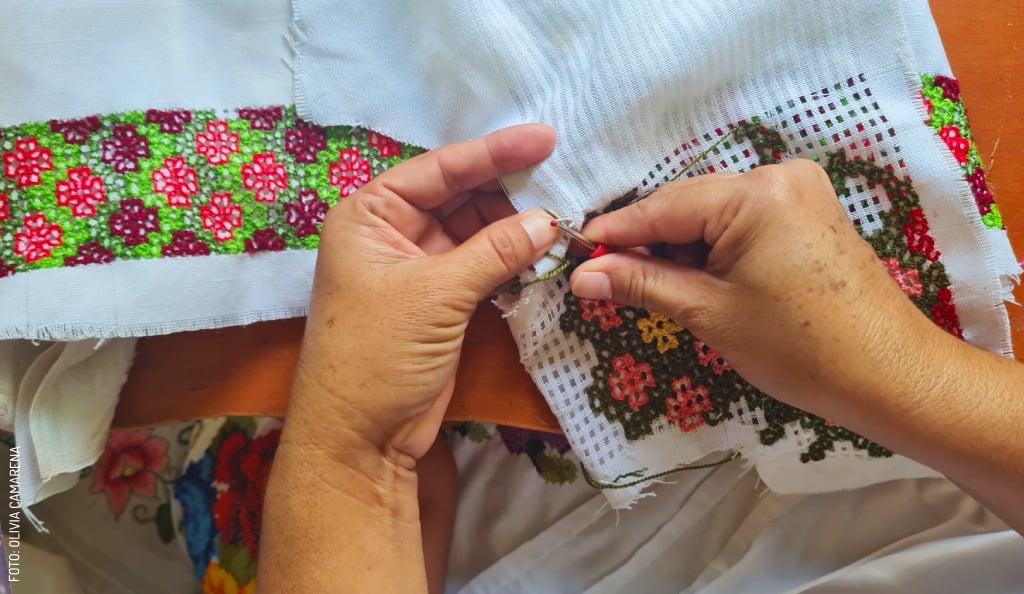
Yucatecan Embroidery: Heritage and Maya Identity
The beautiful heritage of embroidery: techniques, stories, and craftsmanship throughout the whole state. An special article from UNESCO to Yucatán.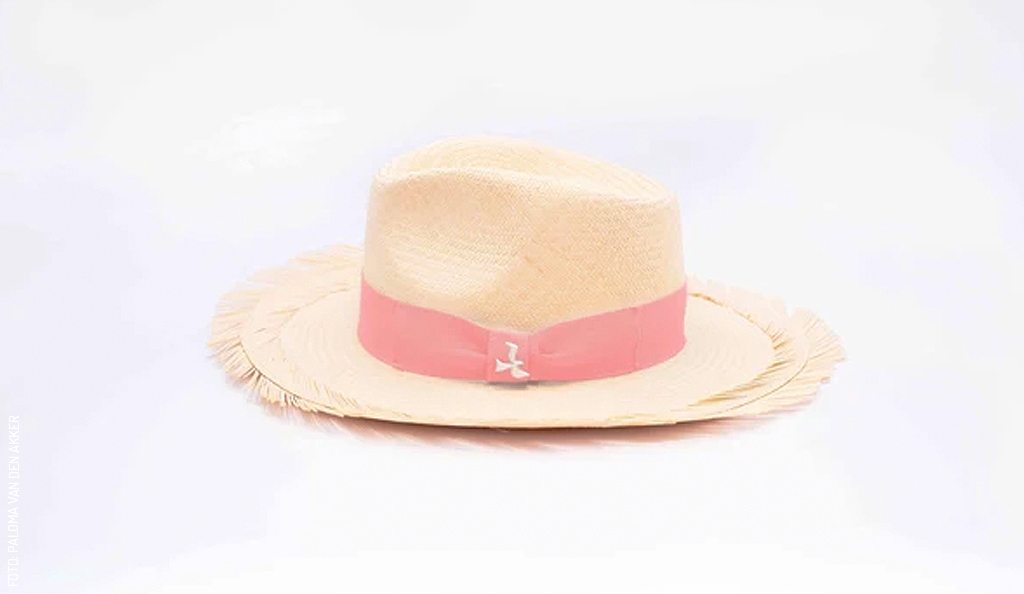
Yucatán's Handcraft, Perfect to Take Home!
Discover the rich handcraft traditions of Yucatán, from intricate filigree jewelry to handwoven hammocks and embroidered garments. Explore where to...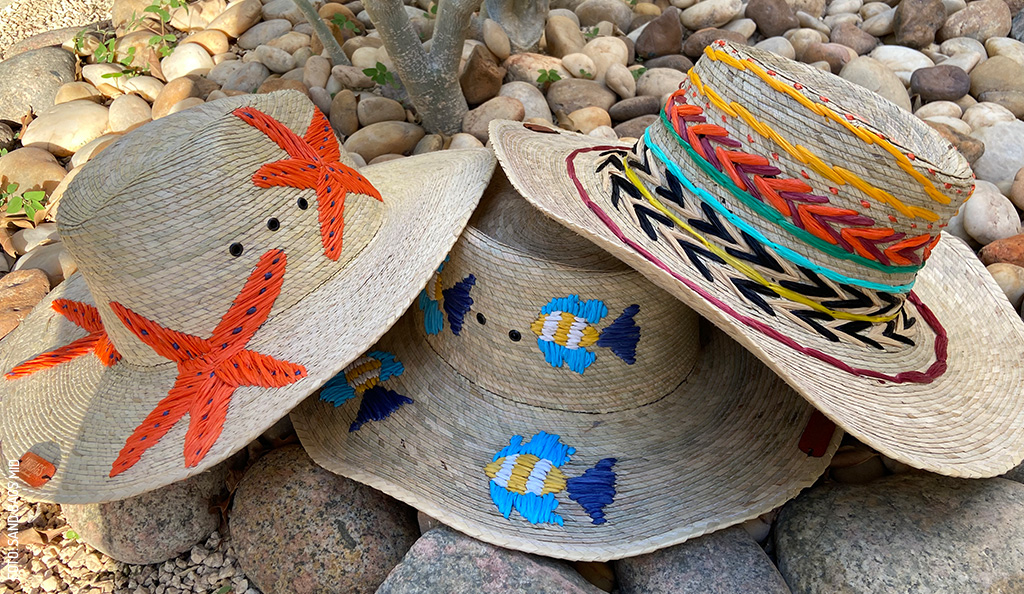



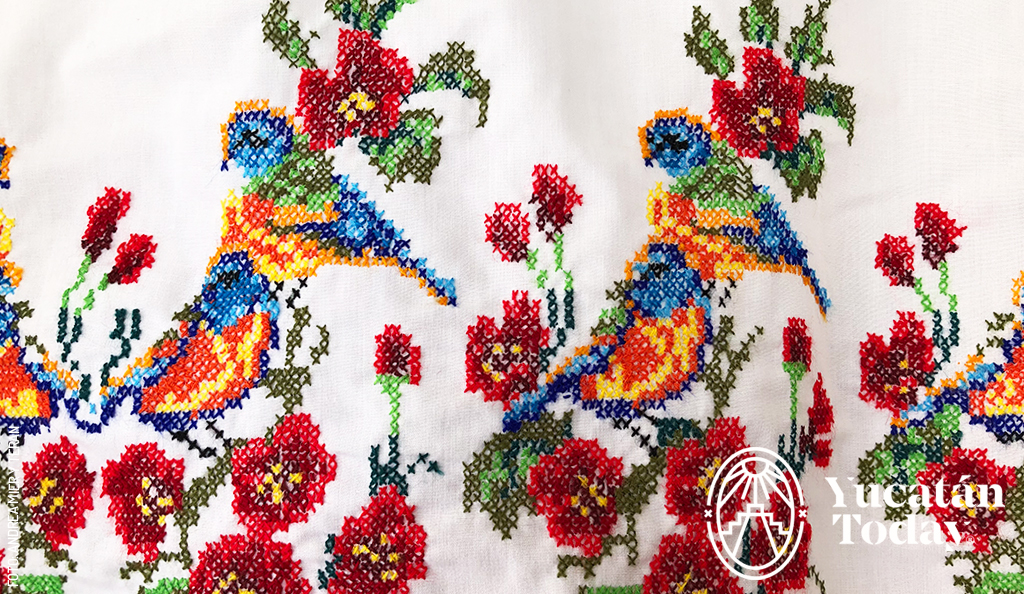
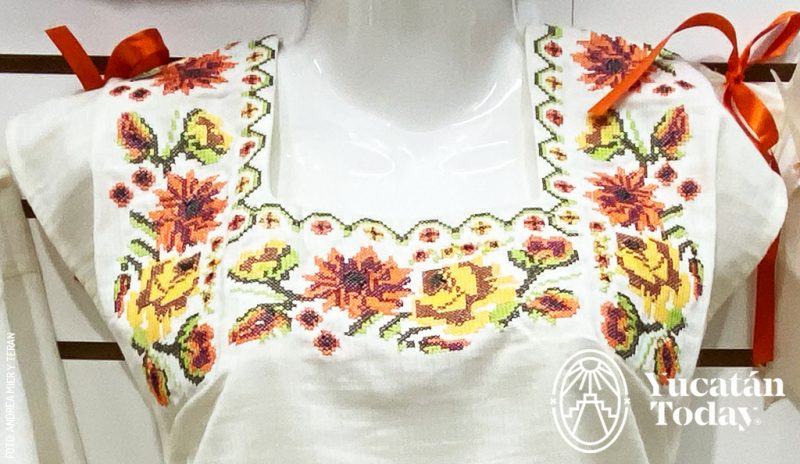 Blouses and Hipiles
Blouses and Hipiles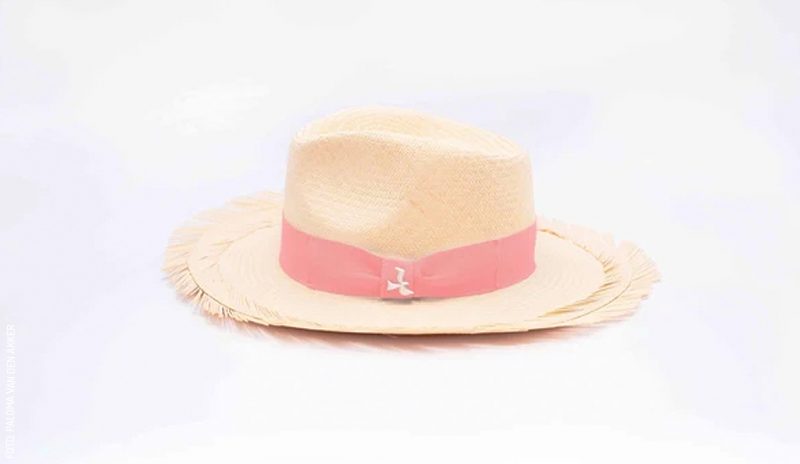 Jipijapa Hats and Fans
Jipijapa Hats and Fans
